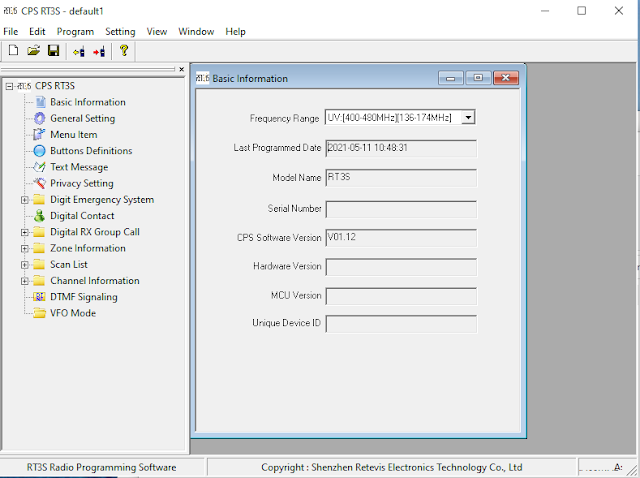Remote Operation of a Portable Station - Part 3: Putting It All Together
N.B. The current status of the project is that wfview does not provide a reliable link, because it is intolerant of delayed or out-of-sequence UDP packets. Although the remainder of the project is described using wfview, this may not be the ideal solution.
Fixed Location
Ensure that Wireguard is running, the iptables rules are in place, and the router port forwarding is configured, as described in Part 2.
Portable Station
Portable Station Configuration
The Raspberry Pi at the Portable Station requires a copy of Wireguard, and wfview.
For Wireguard:
sudo apt install wireguard
Then take the .conf file provided by the Fixed Location (generated in Part 2), and place it in /etc/wireguard. The command will be something like:
sudo mv /Downloads/G0XXX.conf /etc/wireguard/G0XXX.conf
For wfview:
Follow the download instructions at https://wfview.org/, using the Raspberry Pi build script included on the downloads page.
Connect the Pi to the rig using USB. Some trial-and-error might be needed with the USB settings. I found that device /dev/ttyACM0 and Baud 115200 works for me. See the wfview documentation for further help.
Now press the "Server Setup" button, and create username/password accounts for each of the Remote Operators.
Portable Station Operation
With the Pi connected to the 3G Router, initiate a VPN connection to the Fixed Location:
sudo wg-quick up G0XXX
Now start wfview (you will probably find it as a menu entry under "Internet") and ensure that it is running correctly with a waterfall view visible.
Remote Operator
Remote Operator Configuration
The Remote Operator needs a PC (Windows, MacOS or Linux) running wfview, which is a free download from https://wfview.org/
Once wfview is up-and-running, the following settings are required:
- Radio IP address is the Dynamic DNS name of the Fixed Station, e.g. mydomain.no-ip.biz
- Username and Password are the credentials that have been set on the Portable Station's wfview Server Setup
- Experiment with RX and TX latency, but I find that these need to be at their maximum (500ms)
- Sample rate 2400, Codecs Opus 1ch recommended (but again, you can experiment)
Save Settings and Exit Program. Note that some settings seem to require a restart of the program, so always Save, Exit and restart if making changes.
Remote Operator Operation
Fire up wfview, press the "Connect" button, and away you go...




Comments
Post a Comment